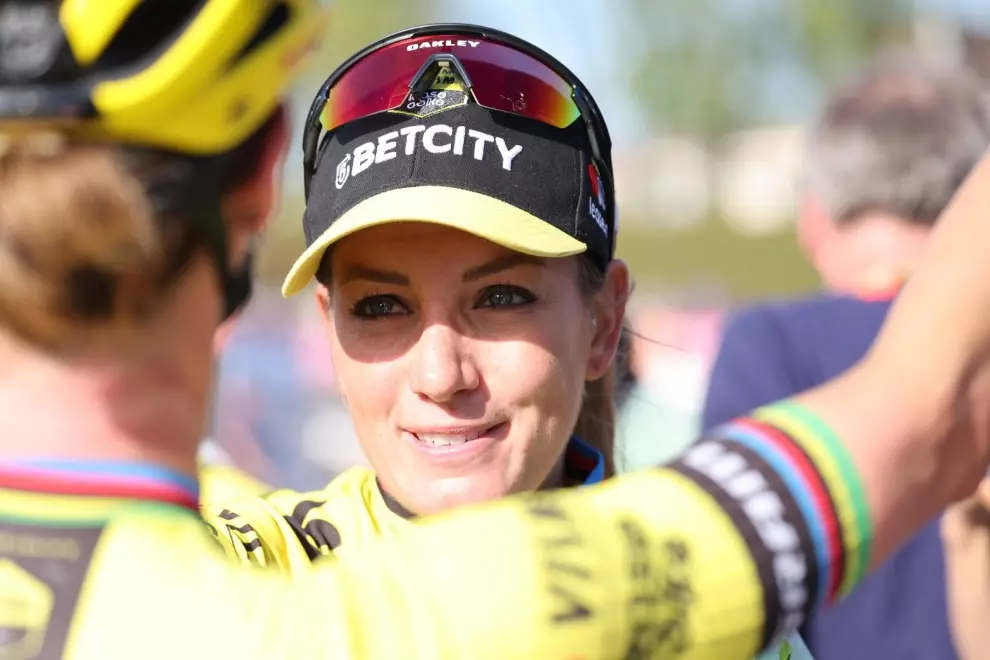Too small to be seen, too important to miss
It is the same old story all over again… We use beloved things and we are happy if everything goes well. We’re happy, because we feel the construction of our bike makes sense in way we need to enjoy it. But behind the frame and especially wheel precision mechanics there is even more. How do the professionals call it? Let me introduce you to the axial ball bearing. Let’s just take a few moments to appreciate this clever little thing.
https://www.youtube.com/watch?v=ONz6S48QgEk
Geniuses here and there
Leonardo da Vinci was a great inventor and he got a hell lot of good ideas. However, his follower Agostino Ramelli was the first to have published sketches of roller and thrust bearings.

Photo: Drawing of Leonardo da Vinci, Study of a ball bearing
An issue with ball and roller bearings is that the balls or rollers rub against each other causing additional friction, which can be prevented by enclosing the balls or rollers in a container. Both types were described by Galileo in the 17th century.
Material is essential
The first plain and rolling-element bearings were wooden, closely followed by bronze, but other metals and plastic are mostly used today. If you have been obsessed by bike’s autopsy you’ve been looking at nylon, polyoxymethylene, polytetrafluoroethylene and UHMWPE. All those technologies have grown up because of fabulous Sven Wingquist, without them the modern, self-aligning designs would be non-existent. The SKF ball-bearing manufacture has been established in 1907, when Wingquist was awarded Swedish patent no. 25406 for its design.




